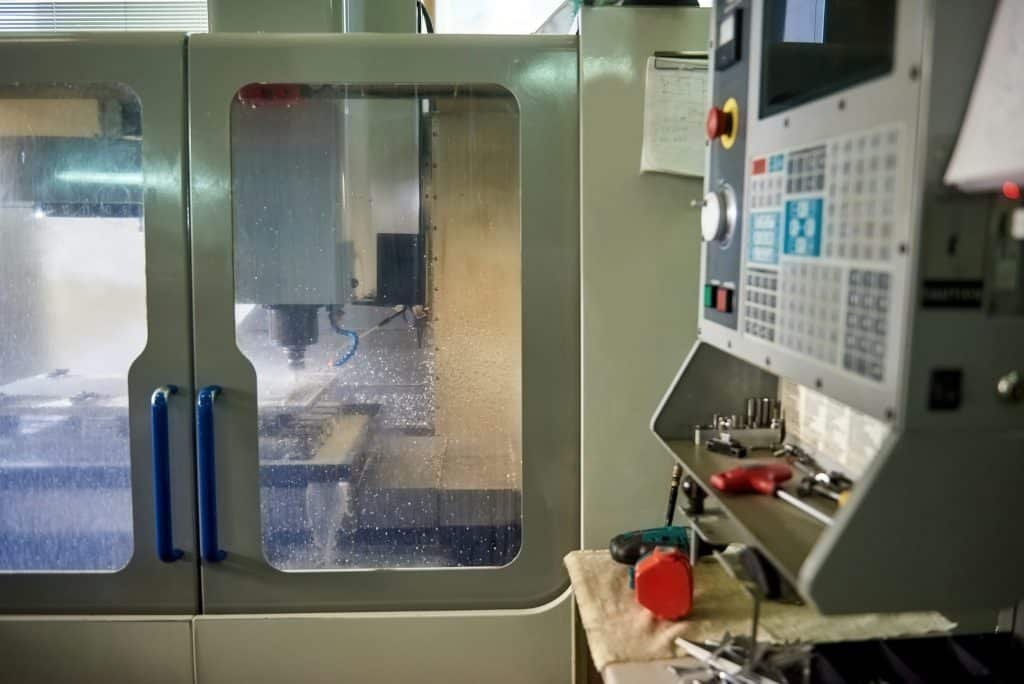In the world of kitchen accessories, silicone dish drying mats have gained popularity due to their durability, flexibility, and ease of maintenance. For businesses looking to stock these in-demand products, purchasing silicone dish drying mats wholesale is a smart move. This guide will delve into the benefits, uses, and tips for purchasing silicone dish drying mats in bulk.with silicone overmolding parts For example, if it continues to develop, it will definitely become the benchmark of the industry and play an important role in leading the market. https://lxsiliconeparts.com/![]()
Why Choose Silicone Dish Drying Mats?
1. Durability and Longevity
Silicone dish drying mats are known for their long-lasting nature. Unlike traditional dish drying racks, silicone mats do not rust, crack, or degrade over time. This makes them a cost-effective choice for both consumers and retailers.
2. Heat Resistance
Silicone is highly heat resistant, making these mats versatile kitchen tools. They can be used as trivets to protect countertops from hot pots and pans, adding extra value for consumers.
3. Easy Maintenance
One of the standout features of silicone dish drying mats is their ease of cleaning. They are typically dishwasher safe, and their non-porous surface resists mold and mildew, ensuring a hygienic drying area for dishes.
silicone dish drying mats wholesale
Practical Uses of Silicone Dish Drying Mats
1. Dish Drying
The primary use of these mats is, of course, for drying dishes. Their ribbed or textured surface allows for efficient drainage, keeping dishes elevated and promoting quick drying.
2. Countertop Protection
Beyond drying dishes, these mats can be used to protect countertops from spills, scratches, and heat damage. They are ideal for placing under kitchen appliances or as a workspace for food preparation.
3. Multipurpose Kitchen Tool
Silicone dish drying mats can double as placemats, pet feeding mats, or even as a base for craft projects. Their versatility makes them an attractive option for consumers seeking multipurpose kitchen accessories.
Benefits of Purchasing Silicone Dish Drying Mats Wholesale
1. Cost Savings
Buying in bulk significantly reduces the per-unit cost, allowing retailers to maximize their profit margins. This is especially beneficial for businesses looking to offer competitive pricing.
2. Consistent Supply
Wholesale purchasing ensures a steady supply of products, helping retailers maintain inventory levels and meet customer demand without frequent reordering.
3. Customization Options
Many wholesale suppliers offer customization options, such as branding and unique designs. This allows retailers to differentiate their products in the market and cater to specific customer preferences.




